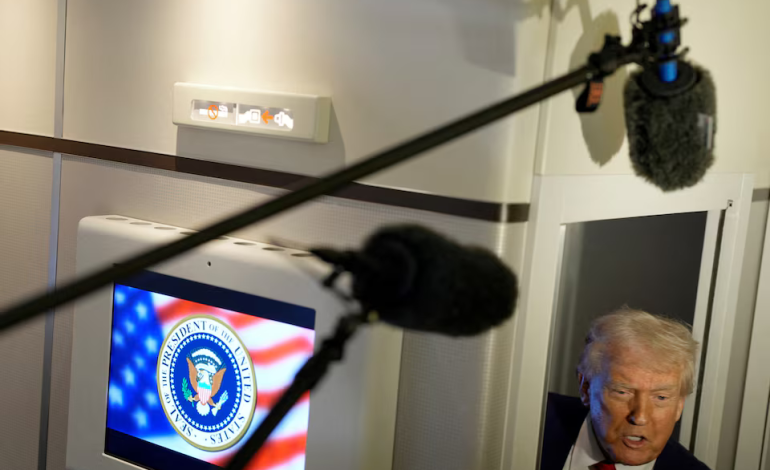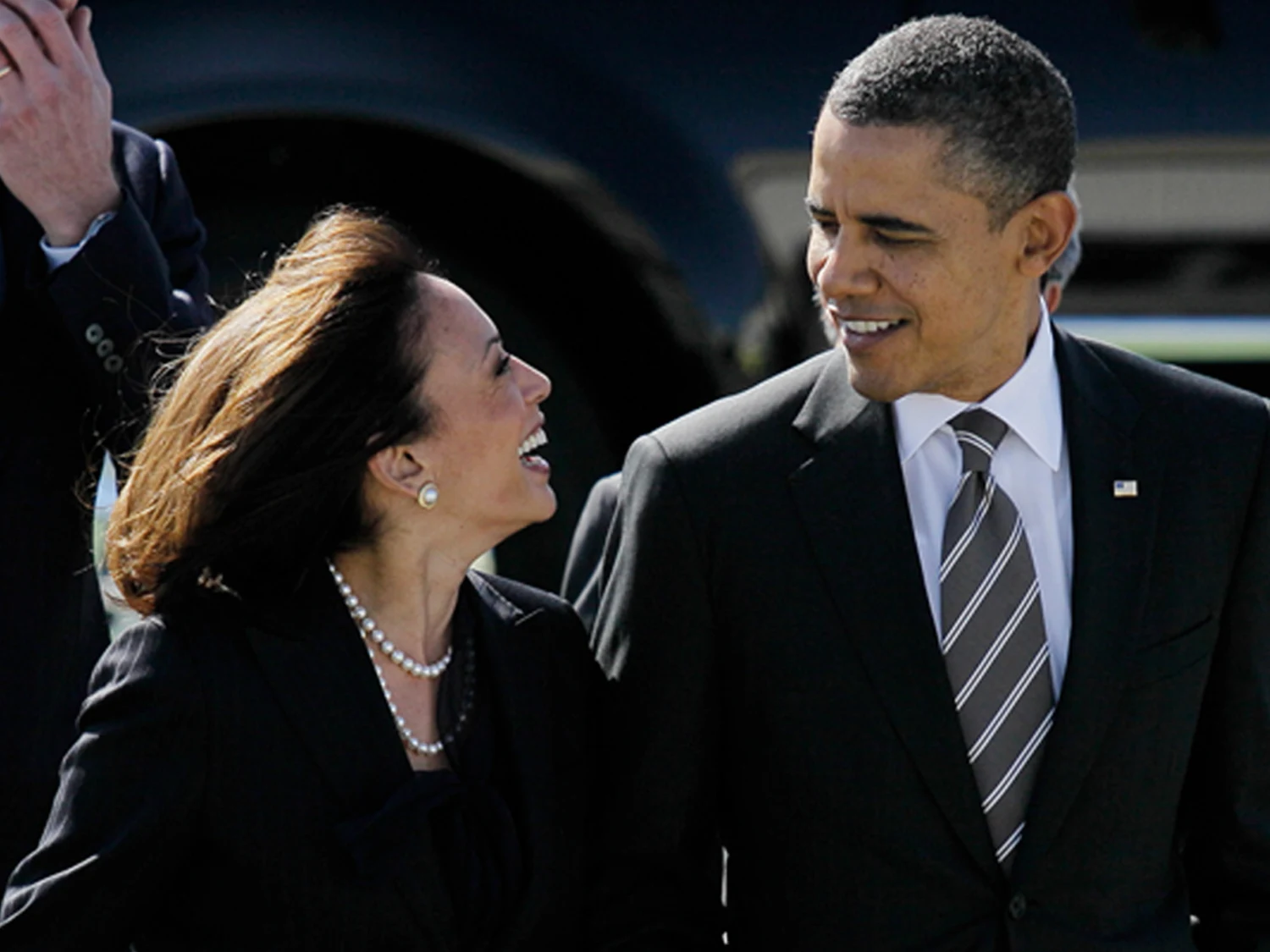As the United States continues to implement tariffs under President Donald Trump’s administration, many are speculating about the next potential step in the US strategy to pressure trading partners.
With the US being at the center of the global financial system and the issuer of the world’s primary reserve currency, it holds several powerful tools that could be used to compel other countries into compliance. These include the control over the global flow of dollars and the dominance of US financial institutions.
While utilizing such financial “weapons” could come at a high cost to the US itself and could risk unintended consequences, observers caution that these actions should not be ruled out. If tariffs fail to significantly reduce the US trade deficit—which some economists deem plausible due to the ongoing challenges in the labor market and near-full employment—the US might look to other, more aggressive tactics.
One of these tactics could involve weakening the dollar, a move the US has considered in the past. A plan outlined by Stephen Miran, Trump’s pick to chair the Council of Economic Advisers, proposes a coordinated effort with foreign central banks to revalue their currencies against the dollar. This plan, often referred to as the Mar-a-Lago accord, alludes to the Plaza Accord of 1985, where a similar agreement was reached to devalue the US dollar. However, economists remain skeptical about such an accord gaining traction, especially in today’s political climate, with differing economic conditions and concerns over global security.
Maurice Obstfeld, a senior fellow at the Peterson Institute for International Economics, argues that tariffs have already been imposed and therefore cannot be used as a further bargaining tool. Moreover, central banks in regions like Europe and Japan are unlikely to support any agreement that would force them to raise interest rates and risk economic recession.
If a negotiated accord fails, the US may resort to more drastic measures. One potential move could involve restricting access to the Federal Reserve’s dollar swap lines—agreements that allow foreign central banks to borrow US dollars in exchange for their own currency. Such a move would disrupt a multitrillion-dollar market for foreign dollar credit, severely impacting banks in the Eurozone, Japan, and other economies that rely on these funding lines during times of financial strain.
In addition to its financial tools, the US could leverage its dominance in global payment systems. Companies like Visa and Mastercard process a significant portion of card payments within the Eurozone. These companies could be pressured to restrict services, as seen with Russia following its invasion of Ukraine, potentially leaving European consumers to resort to more cumbersome payment methods.
The European Central Bank has raised concerns about the potential for the US to exert “economic pressure and coercion” using its financial influence. In response, European officials are considering measures such as the introduction of a digital euro or exploring ways to limit US bank access to European markets. However, implementing these solutions may take years, and such drastic steps would carry significant risks, given the global prominence of US financial institutions.
Reuters and the Economic Times contributed to this report.









The latest news in your social feeds
Subscribe to our social media platforms to stay tuned